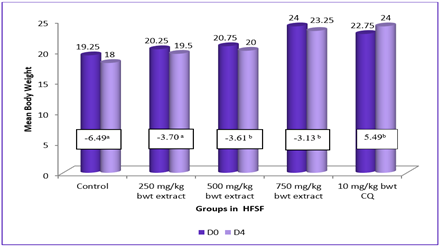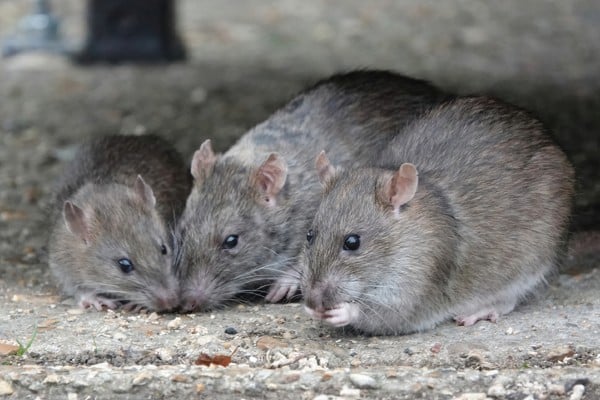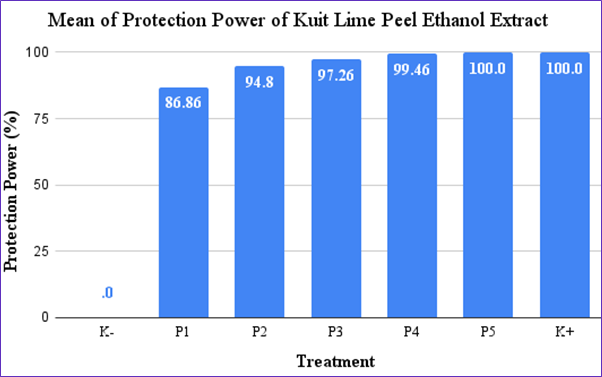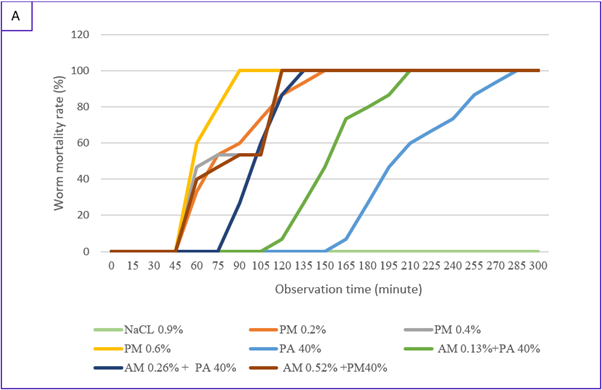Zoonotic Ectoparasite Burden in House Rats (Rattus spp.) in Selected Urban and Rural Areas of NCR and CALABARZON
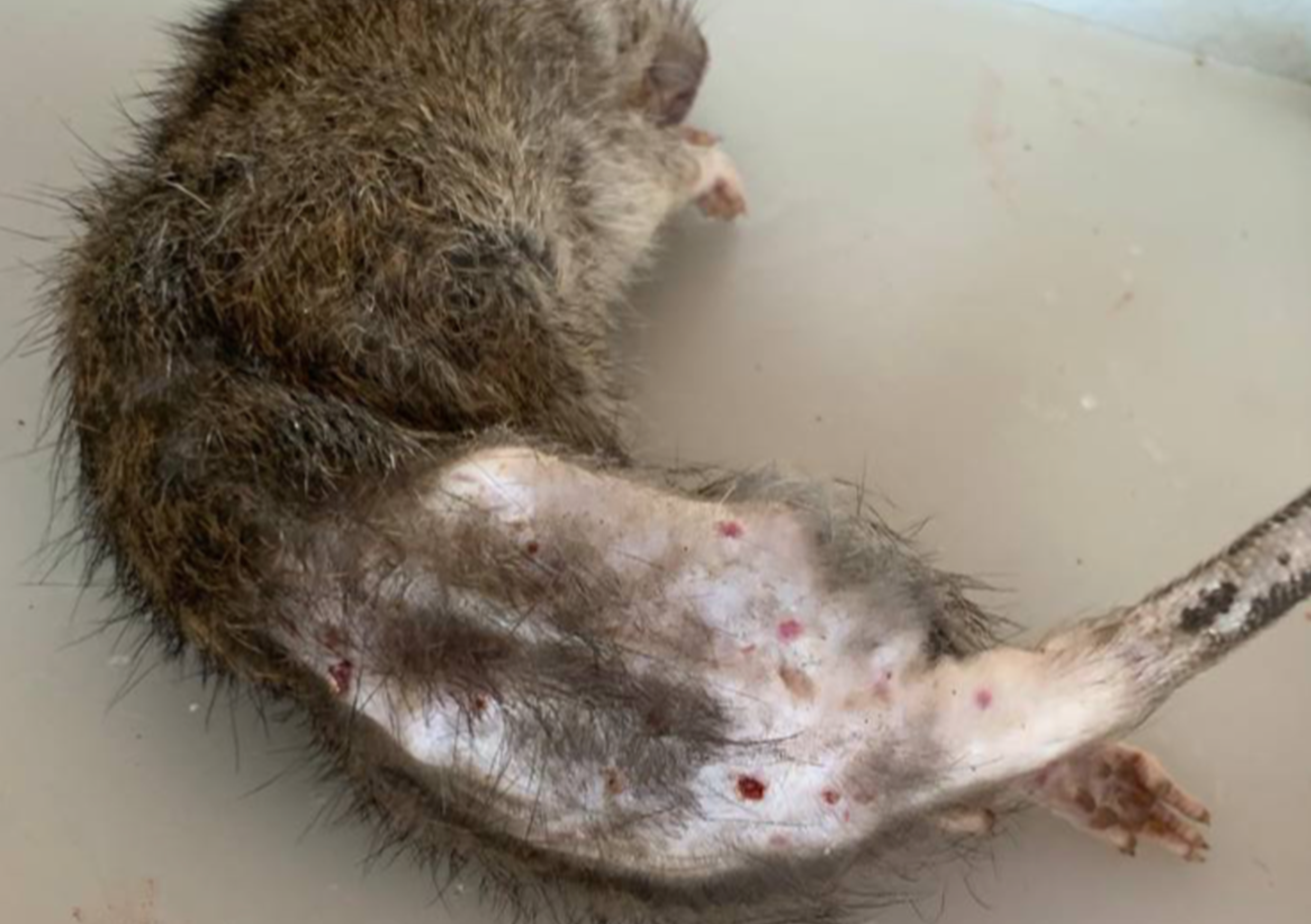
Downloads
Rats and other mammalian species co-inhabiting or living in proximity with humans can serve as potential reservoir hosts and may contribute to the transmission of parasitic infections. Aside from endoparasites, ectoparasites such as lice, mites, ticks, and fleas, can also serve as vectors of various pathogens inducing diseases and contaminating the environment. This study aimed to determine the prevalence rate of Polyplax spinulosa (spiny rat louse) infestation among house rats in selected urban and rural areas in the Philippines. A total of 60 Rattus spp. were captured and examined. The overall prevalence rate of Polyplax spinulosa was 71.7% (43/60). Of the infestations, 23.3% (14/60) were recorded in Metro Manila while 48.3% (29/60) were recorded in CALABARZON. These results have revealed that rodents like rats play an important role in both direct and indirect transmission of zoonotic diseases since these pests themselves could be host to a variety of diseases. As a result, there is an immediate need to provide education and raise awareness about the role of rodents as reservoir hosts and vectors of these zoonotic diseases to develop long-term strategies for controlling and preventing rodent populations and the transmission of zoonotic ectoparasite infestation.
American Veterinary Medical Association (AVMA) (2007) Guidelines on Euthanasia.
Battersby, S.A. (2002) Urban Rat Infestations: Society’s Response and the Public Health Implications. PhD Thesis. University of Surrey. Available at: https://openresearch.
surrey.ac.uk/esploro/outputs/doctoral/Urban-Rat-Infestations-Societys-Response-and/99511723902346#file-0
Carabin, H. et al. (2015) ‘Schistosoma japonicum in Samar, the Philippines: infection in dogs and rats as a possible risk factor for human infection’, Epidemiology & Infection, 143(8), pp. 1767-1776.
Claveria, F.G. et al. (2005) ‘Parasite diversity in Rattus spp. caught in wet markets’, The Southeast Asian Journal of Tropical Medicine and Public Health, 36: Suppl. 4 ascariasis". Microbes and Infection. 13 (7), pp. 632–637. Available at: https://doi.org/10.1016/j.micinf.2010.09.012
Cleaveland, S., Laurenson, M.K. and Taylor, L.H. (2001) ‘Diseases of humans and their domestic mammals: pathogen characteristics, host range and the risk of emergence’, The Royal Society, 356, pp. 991-999. Available at: https://doi.org/10.1098/rstb.2001.0889
Estopa, E. and Estopa, D. (2016) ‘Prevalence of Schistosoma japonicum infections among field rats (Rattus rattus norvegicus) in Schistosoma infested areas of Northern Samar, Philippines’, Journal of Parasitology and Vector Biology, 8(2), pp. 15-26. Available at: https://doi.org/10.5897/JPVB2015.0229
Han, B.A. et al. (2015) ‘Rodent reservoirs of future zoonotic diseases’, Proceeding National Academy of Sciences of the United States America, 112, pp. 7039–7044. Available at: https://doi.org/10.1073/pnas.1501598112
Hassell, J. M. et al. (2017) ‘Urbanization and disease emergence: dynamics at the wildlife–livestock–human interface’, Trends in Ecology & Evolution, 32, pp. 55–67. Available at: https://doi.org/10.1016/j.tree.2016.09.012
Luniak, M. (2004) ‘Synurbization - adaptation of animal wildlife to urban development’, International Urban Wildlife Symposium.
Mohd Zain, S.N., Behnke, J. and Lewis, J.W. (2012) ‘Helminth communities from two urban rat populations in Kuala Lumpur, Malaysia’, Parasites and Vectors, 5(47), pp. 1-23. Available at: https://doi.org/10.1186/1756-3305-5-47
Munoz, M.A., Estacio, M.A. and Dimamay, M.P. (2018) Basic Training Manual for Handling Rodents and Rabbit. Philippine Association for Laboratory Animal Science. Chapter 6: Methods of Euthanasia
Nadchatram, M. and Ramalingam, S. (1974). ‘Dermatitis caused by Ornithonyssus bacoti (Hirst, 1913)’, Southeast Asian Journal of Tropical Medicine and Public Health, 5(1), pp. 150.
Singleton, G.R. et al. (2003) ‘Rodent diseases in Southeast Asia and Australia: inventory of recent surveys. In: Rats, Mice and people: rodent biology and management. ACIAR Monograph No 96. Australian: Center for international Agricultural Research. pp.24-29.
World Health Organization (WHO) (2019) Bench aid for the Diagnosis of Intestinal Parasites-Second edition. Africa: Department of Neglected Tropical Diseases. May 2019. ISBN: 978 92 4 151534 4
World Health Organization (WHO) (2019) WHO Report on Global Surveillance of Epidemic-prone Infectious Diseases. WHO/CDS/CSR/ISR/2000.1
Copyright (c) 2024 Journal of Parasite Science (JoPS)

This work is licensed under a Creative Commons Attribution-NonCommercial-ShareAlike 4.0 International License.
- Every manuscript submitted to must observe the policy and terms set by the Journal of Parasite Science
- Publication rights to manuscript content published by the Journal of Parasite Science is owned by the Journal of Parasite Science with the consent and approval of the author(s) concerned
- Authors and other parties are bound to the Creative Commons Attribution-NonCommercial-ShareAlike 4.0 International License for the published articles, legal formal aspect of journal publication accessibility refers to Creative Commons Attribution-NonCommercial-ShareAlike 4.0 International License (CC BY-NC-SA)
- By submitting the manuscript, the author agrees to the requirement that the copyright of the submitted article will be transferred to Journal of Parasite Science as the publisher of the journal. The intended copyright includes the right to publish articles in various forms (including reprints). journal of parasite science retains the publishing rights to published articles.



























